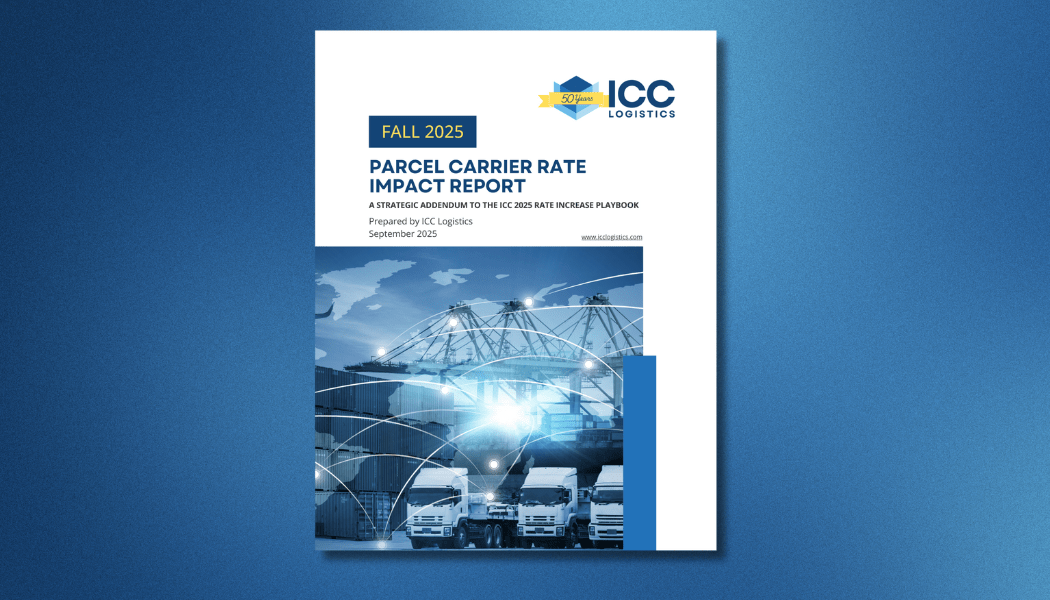The latest round of tariffs is more than just another headline – it’s adding significant pressure to already strained supply chains.
From imported parts and raw materials to finished goods, these increases will impact multiple links in the supply chain, and in many cases, make everyday shipping and fulfillment significantly more expensive.
Here’s a breakdown of how key industries could be affected, and what can be done to offset the pressure:
Manufacturing & Industrial
Impact: Higher costs of raw materials (steel, aluminum, plastics), components, and machinery
Ripple Effect: Delayed production schedules, increased landed costs, supplier contract re-negotiations
Offset Tactic: Optimize inbound freight strategies, audit and continually benchmark and optimize international shipping charges
Retail, Apparel & Consumer Goods
Impact: Tariffs on clothing, footwear, accessories, packaging, and finished imports
Ripple Effect: Shrinking margins, particularly for DTC and e-commerce brands offering “free shipping”
Offset Tactic: Continually reassess carrier rate structures and fulfillment center placement
Electronics & Technology
Impact: Tariffs on batteries, chips, screens, chargers, and key input materials
Ripple Effect: Higher production costs and reduced pricing flexibility
Offset Tactic: Constantly asses and re-negotiate international freight contracts while at the same time, continually explore alternate sourcing strategies
Automotive & Transportation
Impact: Tariffs on parts, tires, batteries, and accessories
Ripple Effect: Increased cost of goods, repair pricing, and inventory holding costs
Offset Tactic: Review all shipping routes, Ocean, Rail, LTL and truckload routing to ensure efficiency and potential consolidation opportunities
Food & Beverage
Impact: Higher import duties on packaged goods, beverages, raw ingredients, and agricultural inputs
Ripple Effect: Disruption to seasonal imports, price volatility, and increased shelf pricing
Offset Tactic: Leverage logistics audit services to ensure better and consistent cost tracking; continually explore regional sourcing options
Healthcare & Pharmaceuticals
Impact: Tariffs on medical devices, diagnostic equipment, and packaging
Ripple Effect: Regulatory challenges and tightened budgets on logistics and operations
Offset Tactic: Focus on carrier contract compliance and custom shipping strategies
Construction Materials & Home Goods
Impact: Tariffs on fixtures, lumber, lighting, furniture, tile, and HVAC equipment
Ripple Effect: Higher landed costs, inventory strain, and project pricing challenges
Offset Tactic: Reevaluate freight mix and vendor shipping policies
What You Can Do: Control What You Can
The ripple effects of these tariffs will be felt far beyond customs, impacting sourcing strategies, pricing models, and day-to-day shipping operations. Now is the time for businesses to reassess cost exposure, revisit logistics strategies, and identify opportunities to gain back control.
Whether it’s renegotiating contracts, optimizing freight, or rethinking fulfillment, the right decisions now could make all the difference later.



 to receive our FREE white papers:
to receive our FREE white papers: